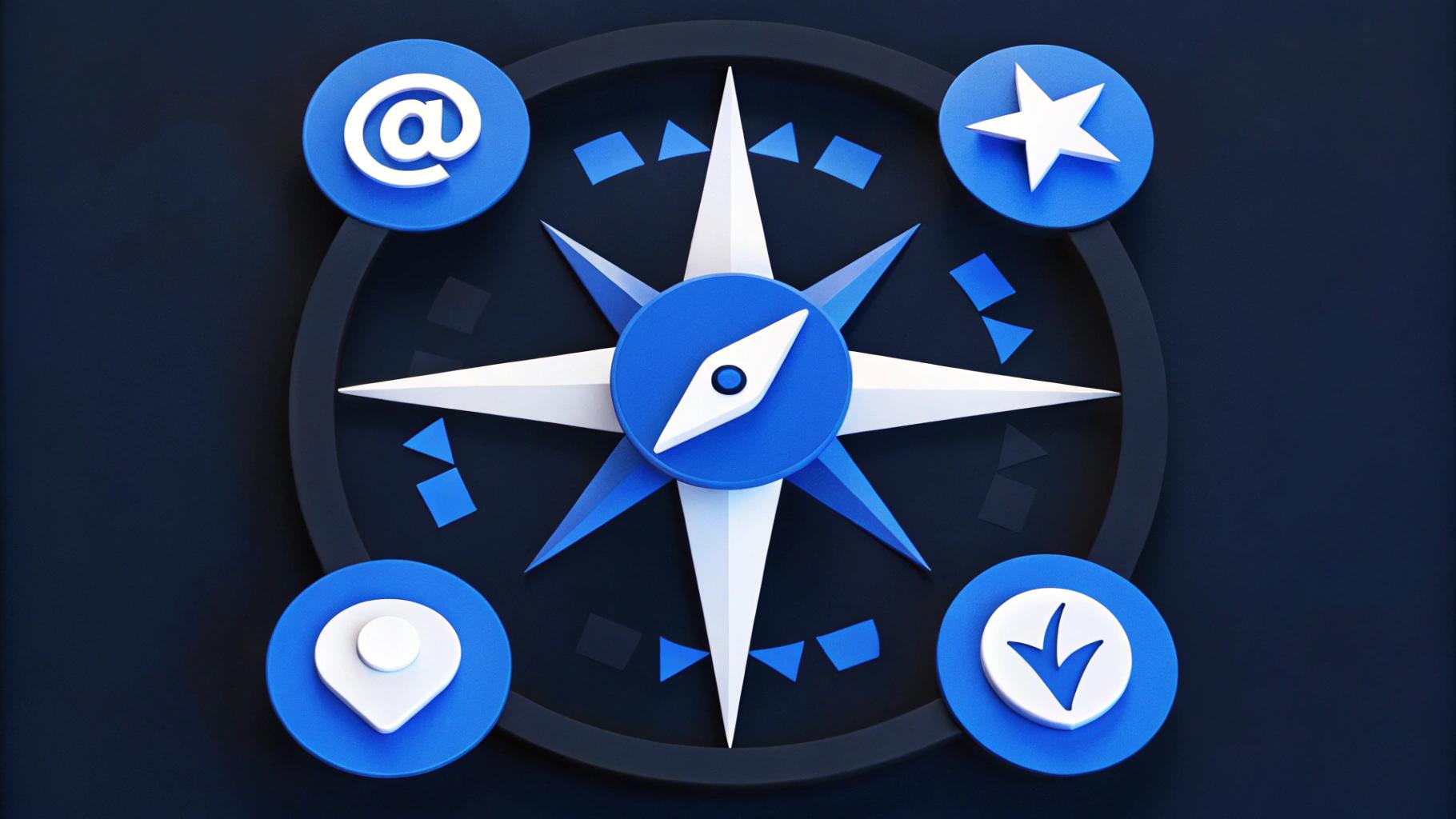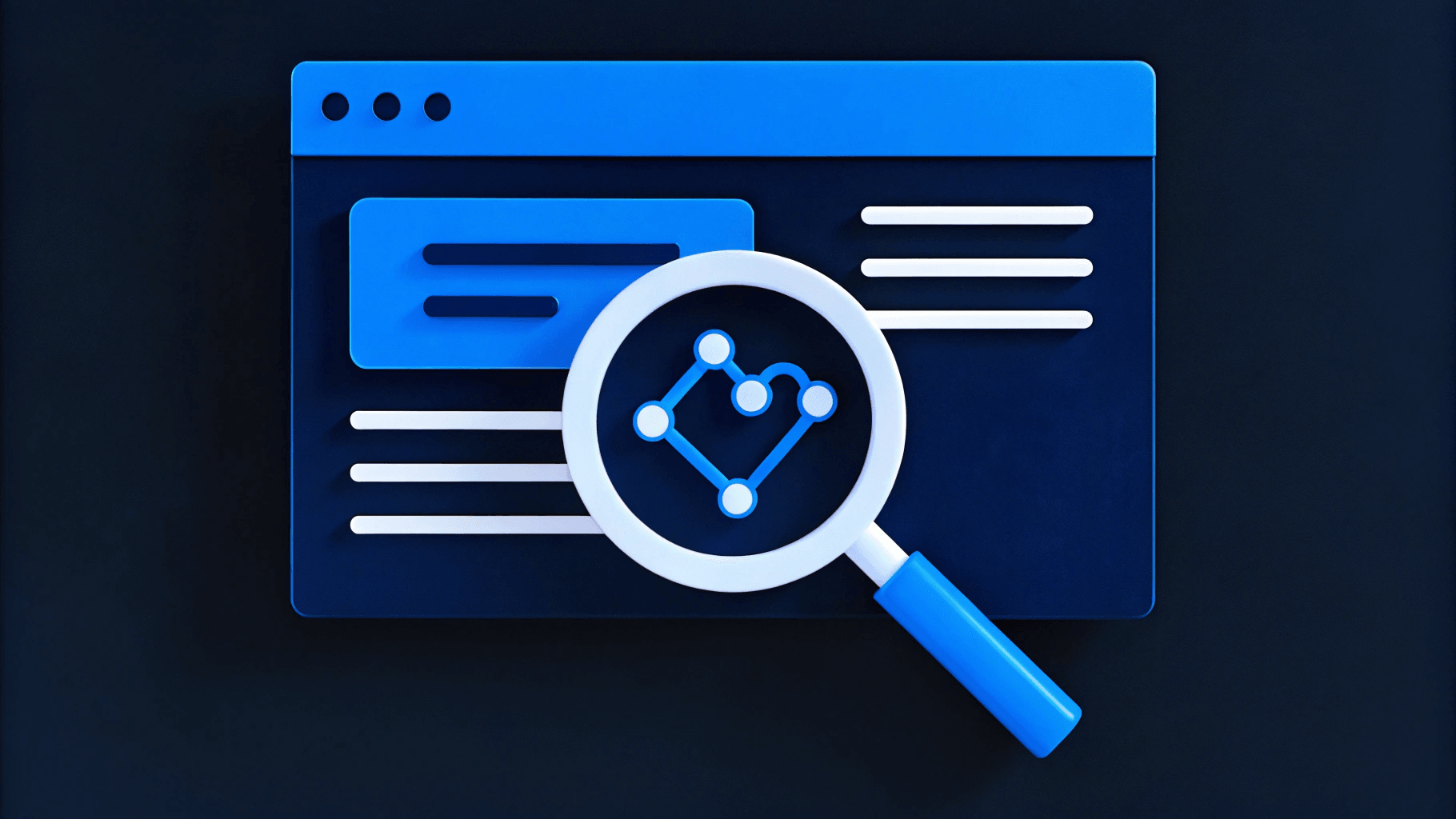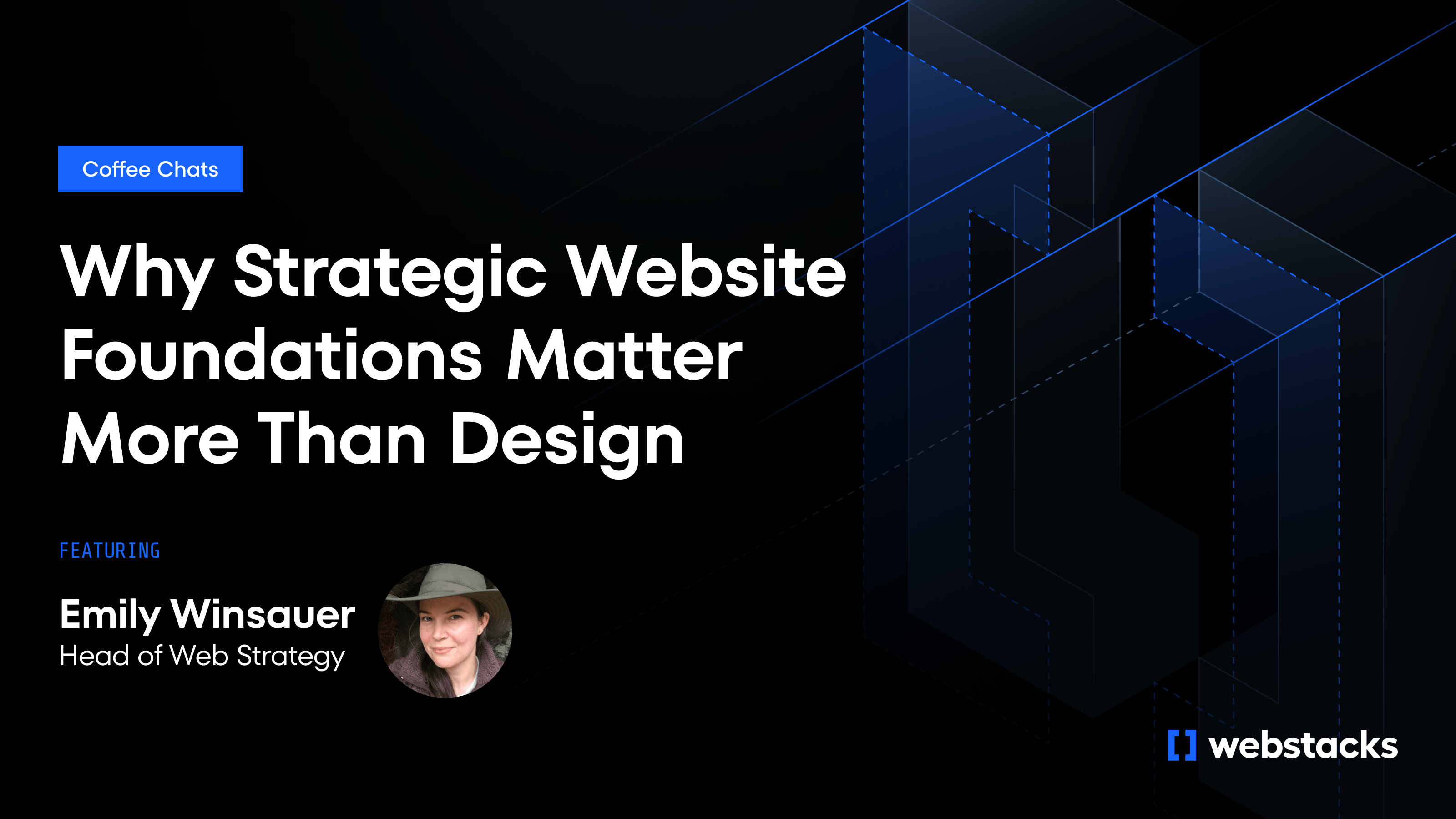Rebranding in B2B is hard. You’re faced with rewriting your narrative for buyers who demand clarity and consistency. The stakes are high, the timelines are tight, and the margin for error is minimal.
But when done right, B2B rebranding becomes fuel for growth.
As a web design agency, Webstacks has seen firsthand how rebrands can reshape perceptions and reposition companies as leaders.
From SaaS giants tightening their messaging to startups aligning their visual identity with product-market fit, the best B2B rebrands are bold and impossible to ignore.
In this article, we’re highlighting 9 B2B companies that used rebranding to level up.
Whether you’re planning your own brand refresh or just geeking out on great design, let these examples be your inspiration.

1. Zendesk: Evolving with Confidence
As Zendesk matured, its brand needed to reflect the scale and complexity of the company it had become.
The playful, startup-style identity that once made Zendesk approachable started to feel misaligned with the demands of enterprise customers and a broader global audience.
In 2023, Zendesk rolled out a brand refresh designed to signal clarity, confidence, and growth without losing the warmth that defined them.
The new visual system introduced a bolder, more expressive tone with updated typography, a richer color palette (including espresso, cream, berry, and matcha), and a fresh approach to photography and illustration.
The brand’s personality now centers on four traits: Distilled, Confident, Generous, and Freshhhh.
This update wasn’t about reinventing Zendesk. It was about growing into who they already were: a company that supports some of the world’s largest businesses while still delivering human, empathetic customer experiences.
The refreshed identity brings that balance to life visually and strategically.
2. Slack: Streamlining for Scale
As Slack grew from a niche workplace tool into a platform used by millions across the globe, its original branding started to hold it back.
The familiar hashtag logo (made up of 11 different colors and only working well on a white background) was tough to reproduce consistently. It often appeared differently across touchpoints.
In 2019, Slack introduced a new logo and visual system designed for clarity, consistency, and scalability.
The update wasn’t a radical shift in personality. It was a practical move to make the brand work better everywhere. The new logo kept the essence of the original hashtag but simplified it into a cleaner, more versatile symbol that we know now. It works at any size, on any background, and across all of Slack’s growing product ecosystem.
The rebrand allowed Slack to maintain its playful and friendly voice while setting the stage for broader adoption in enterprise environments.
3. Figma: Refining the Details Without Losing the Fun
Figma has always stood out for its playful, approachable design built by and for designers.
But as the platform expanded beyond design teams and into broader product and enterprise workflows, its brand needed to grow up without losing its soul.
So, Figma introduced an evolved visual language to bring more consistency and flexibility to its identity.
The updates focused on refining core brand elements. The iconic multicolor "F" logo stayed, but the team revisited typography, color, and illustration to create a system that scales more easily across product, marketing, and global use cases.
They shifted to a more neutral and accessible color palette, reworked their typography for better clarity and hierarchy, and moved their illustration style toward more functional, less whimsical visuals.
The goal was to support Figma’s expanding audience without losing the sense of creativity that’s always defined the brand.
4. Evri (formerly Hermes): Rebuilding Trust Through Identity
When Hermes UK decided to rebrand as Evri, the project involved more than just changing a name. It was about repairing a reputation.
Hermes had become synonymous with poor customer experiences, and the company needed a clean break to signal a new era of reliability, transparency, and care.
In partnership with Design Bridge, Evri launched a complete transformation. The new name is short, distinctive, and inclusive.
But the visual identity is what really turned heads: a dynamic logotype with thousands of unique character variations.
The identity extended to a vibrant, ownable color palette and bold, confident typography that helped Evri stand out. The rebrand signaled a cultural and operational shift inside the business, reflected in improved service and public perception.
The project helped turn a damaged brand into a challenger with momentum, showing how strategic design can rewrite a company’s story.

5. Wise: Rebranding for a Bigger Mission
As Wise expanded its reach beyond personal money transfers into infrastructure for global payments, its brand needed to reflect that broader ambition, especially for B2B.
The company launched “Wise Platform” to serve banks, enterprises, and large-scale partners, but the original brand wasn’t built for that audience.
To fix that, Wise partnered with Ragged Edge to develop a refreshed identity that felt bolder, more technical, and ready for enterprise.
The new visual system introduced sharper typography, a more structured layout approach, and a grid-based motif symbolizing infrastructure and global movement.
It still connected back to the parent Wise brand, but with a tone that spoke directly to decision-makers inside large organizations.
The rebrand was less about personality and more about clarity. It helped Wise Platform look and sound like a serious solution for complex, cross-border payment problems.
Learn more: How to Build a Brand Style Guide the Webstacks Way
6. Morning Brew: Growing Up Without Losing Its Voice
Morning Brew, a newsletter startup, made a name for itself with its witty tone and sharp business insights. It was a mix that resonated with younger professionals.
But as the company scaled and expanded into B2B verticals like Marketing Brew, HR Brew, and CFO Brew, it needed a brand that could grow with the business.
In 2024, Morning Brew refreshed its branding to create more consistency across its growing family of newsletters while maintaining the tone that made it stand out.
The update included a new typeface, layouts, and a visual system that allowed each vertical to have its own flavor without straying too far from the core brand.
The goal was to sharpen the presentation so that each brand felt credible to industry insiders without losing the conversational, smart-but-not-stuffy style that built Morning Brew’s loyal following.
The refresh also helped the company position itself as a more serious media player while still staying true to its roots.
7. Paysafe: A New Look for a New Chapter
As Paysafe continued to evolve from a legacy payments provider into a more agile, innovation-driven fintech, its brand was starting to lag behind.
The company needed a new identity that reflected its ambition to be seen as a modern, trusted leader in the digital payments space.
As a result, Paysafe rolled out a complete rebrand designed to signal momentum, simplicity, and confidence.
The new visual identity introduced a logo, vibrant gradient treatments, and a sleek design system. The brand language shifted too, moving toward more direct, confident messaging aimed at a broad B2B audience.
The rebrand helped reposition Paysafe as a tech-forward partner in a fast-moving space. And made it easier to unify the company’s offerings under a single identity.
8. Connectbase: A Name That Matches the Mission
As Connected2Fiber grew beyond its original focus on fiber connectivity data, the name started to feel limiting.
The company had evolved into a broader platform for network infrastructure, helping providers find and manage connectivity opportunities at scale. It needed a brand that reflected that expanded role.
The company rebranded as Connectbase, a name designed to reflect its position as the central hub for connectivity data and buying decisions.
The new identity moved beyond the narrow associations of “fiber” and leaned into a more expansive vision: powering the “connected world” through a data-driven platform.
The rebrand also came with a sharper visual identity and messaging.
It marked a shift from niche data tool to essential B2B marketplace, aligning the brand with where the business was already headed.
9. Fullers Foods: Bringing a B2C Feel to B2B
Fullers Foods had a strong legacy in the food supply chain, but its brand felt dated and overly corporate. As one of the UK’s largest retail food suppliers, it needed a brand identity that could match the scale and energy of the business while resonating with both partners and retail buyers.
In 2023, Fullers partnered with Kiss Branding to rethink its entire identity.
The result was a bold, vibrant look that took cues from consumer food brands rather than traditional B2B design. The new visual system featured hand-drawn illustrations, playful typography, and a rich color palette. It brought warmth, personality, and a sense of craft to a space that’s usually pretty buttoned-up.
The rebrand helped Fullers stand out and show that the company is operationally sharp and creatively driven. It proved that even in B2B, emotion and storytelling matter.
Let These B2B Rebranding Examples Inspire You
As these B2B rebranding examples show, a successful rebrand requires a holistic approach touching every business aspect.
Don't see these examples as just case studies, but as inspiration for your brand journey. Take a look at your current brand positioning.
Does it reflect where your company stands today and your future direction? Are you communicating your value proposition effectively?
Webstacks helps growth-stage B2B companies build brand systems that work across all touchpoints.
We create component-based design systems and content models that let you scale while empowering your non-developer teams to create and publish content independently. Our team works with you from strategy through implementation, helping you build a website that acts as ongoing business infrastructure.




